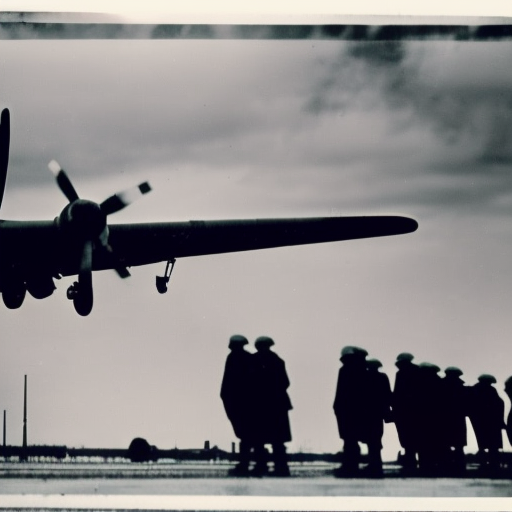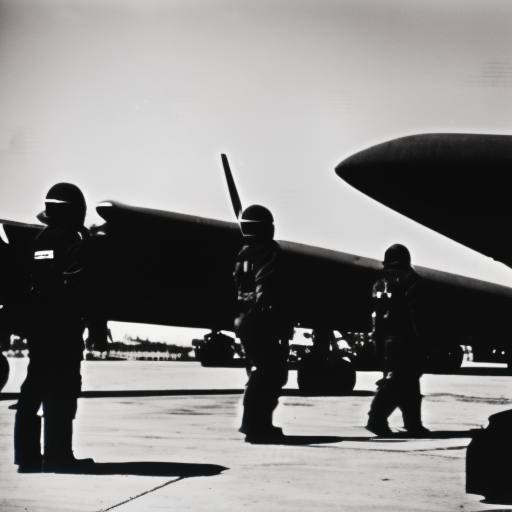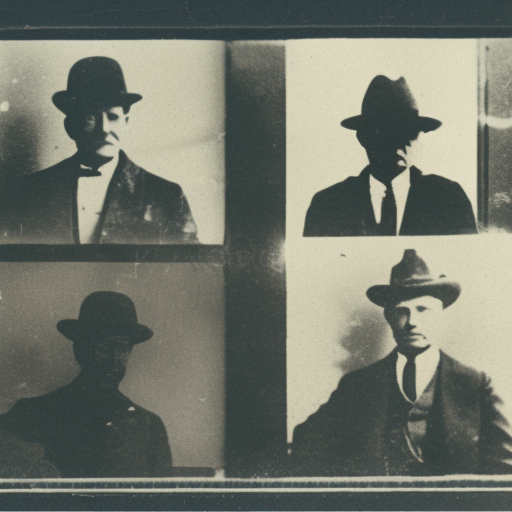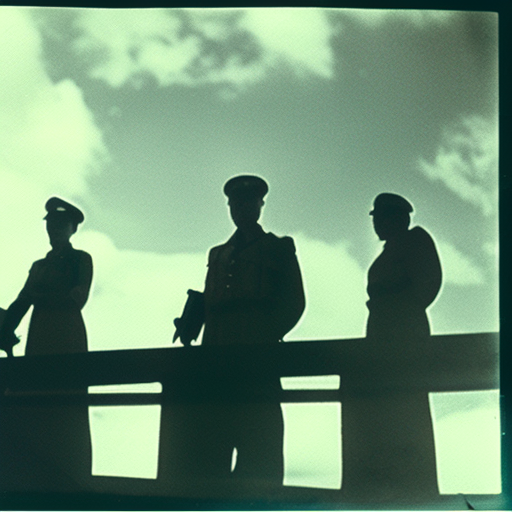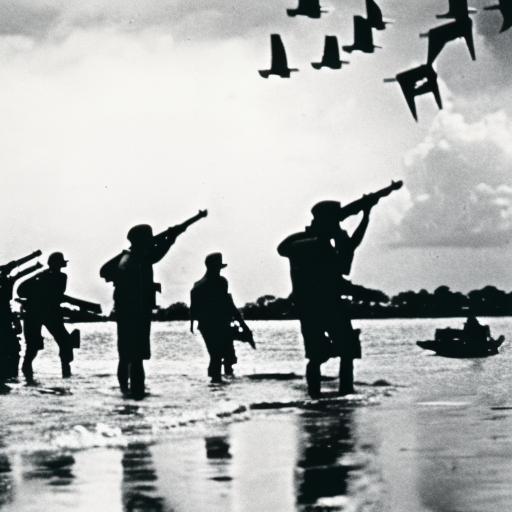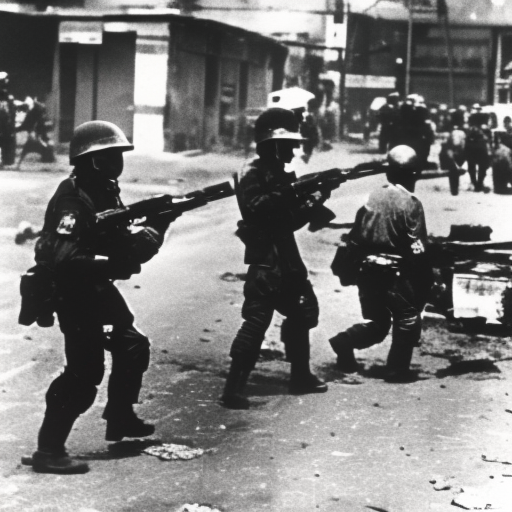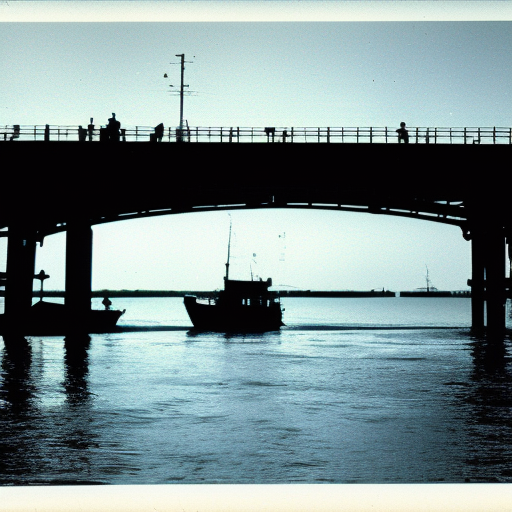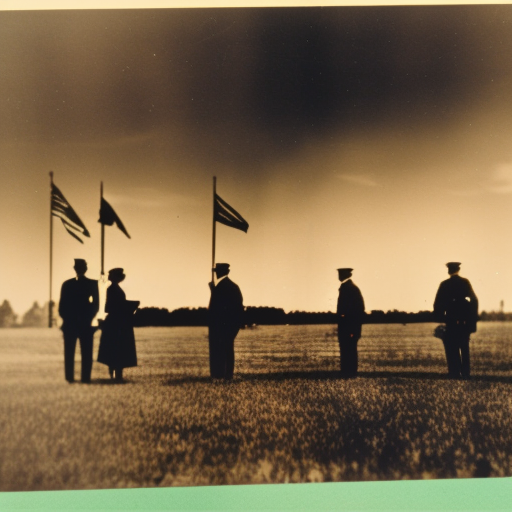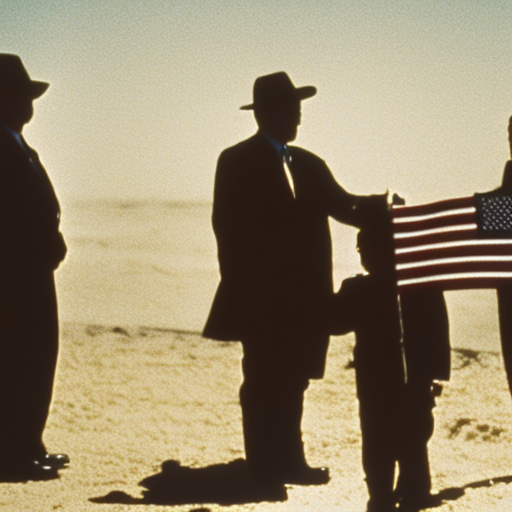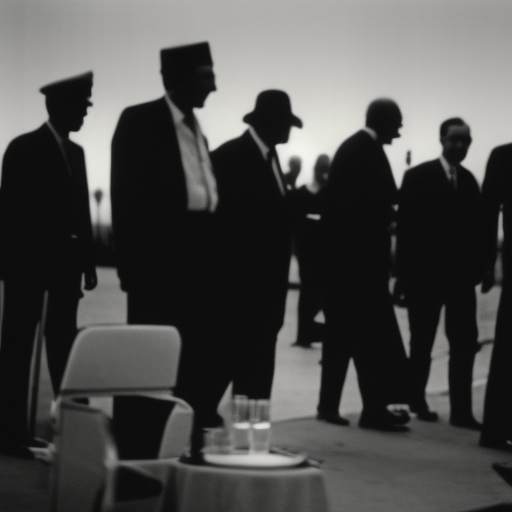The Berlin Airlift was a massive humanitarian and logistical effort by the Western Allies to supply West Berlin during the Soviet blockade.
The U-2 Incident (1960) Explained
The U-2 Incident (1960) was a major Cold War event in which a US spy plane was shot down over Soviet Union territory, escalating tensions between the two superpowers.
The Alliance for Progress (1961) Explained
The Alliance for Progress was a U.S. initiative in 1961 aimed at promoting economic development and social reform in Latin America.
The Bay of Pigs Invasion (1961) Explained
The Bay of Pigs Invasion was a failed CIA-led attempt to overthrow Fidel Castro’s communist government in Cuba.
The Tet Offensive (1968) Explained
The Tet Offensive was a major military campaign during the Vietnam War in 1968, launched by the North Vietnamese and Viet Cong forces against South Vietnam and its allies.
The Gulf of Tonkin Resolution (1964) Explained
The Gulf of Tonkin Resolution was a U.S. congressional resolution that authorized military intervention in Vietnam.
The Potsdam Conference (1945) Explained
The Potsdam Conference was a meeting between the leaders of the Allied powers to discuss the post-World War II settlement and the division of Germany.
The Gadsden Purchase (1853) Explained
The Gadsden Purchase was a treaty between the United States and Mexico in 1853 that resulted in the acquisition of a strip of land in present-day Arizona and New Mexico.
NAFTA Agreement (1994) Explained
The NAFTA Agreement (1994) was a trilateral trade deal between the United States, Canada, and Mexico aimed at promoting economic integration and reducing trade barriers.
Cuban Missile Crisis (1962) Explained
The Cuban Missile Crisis was a 13-day standoff between the United States and the Soviet Union over the placement of nuclear missiles in Cuba, bringing the world to the brink of nuclear war.
Casablanca Conference Explained
The Casablanca Conference was a World War II meeting between Allied leaders to discuss strategy and plan for the defeat of Nazi Germany.









